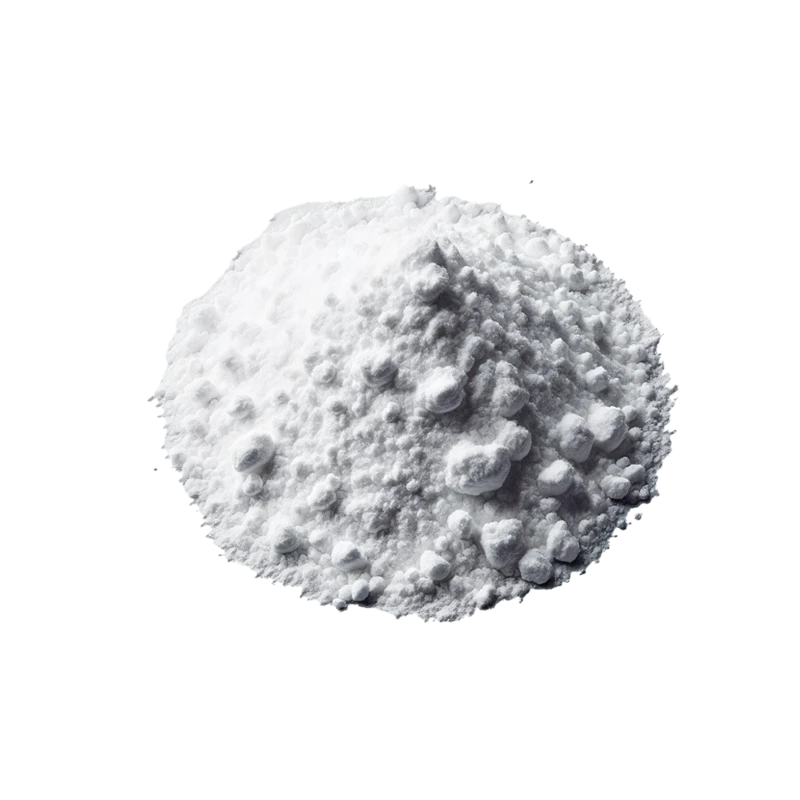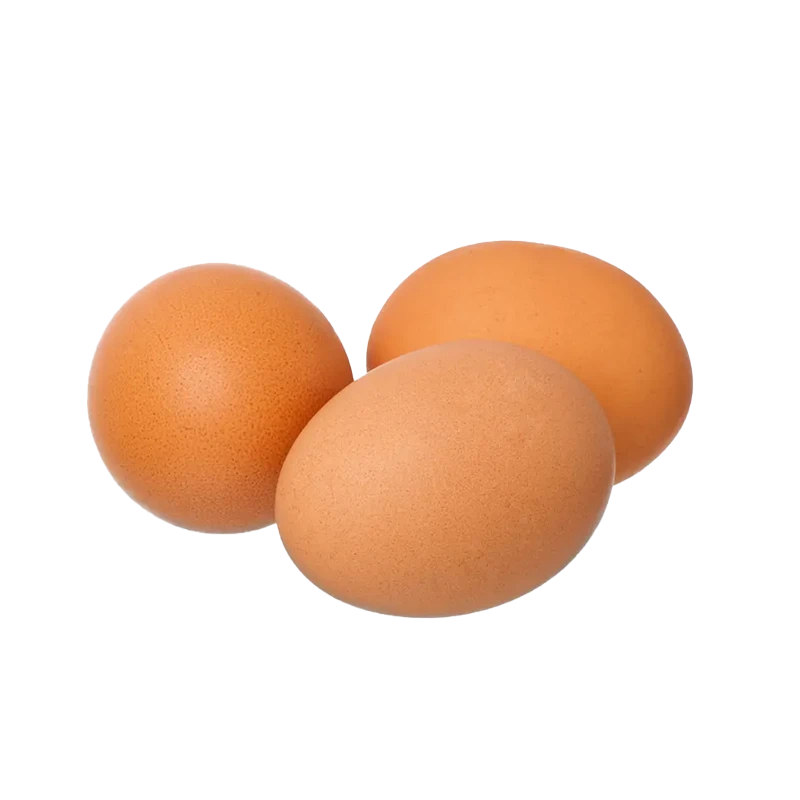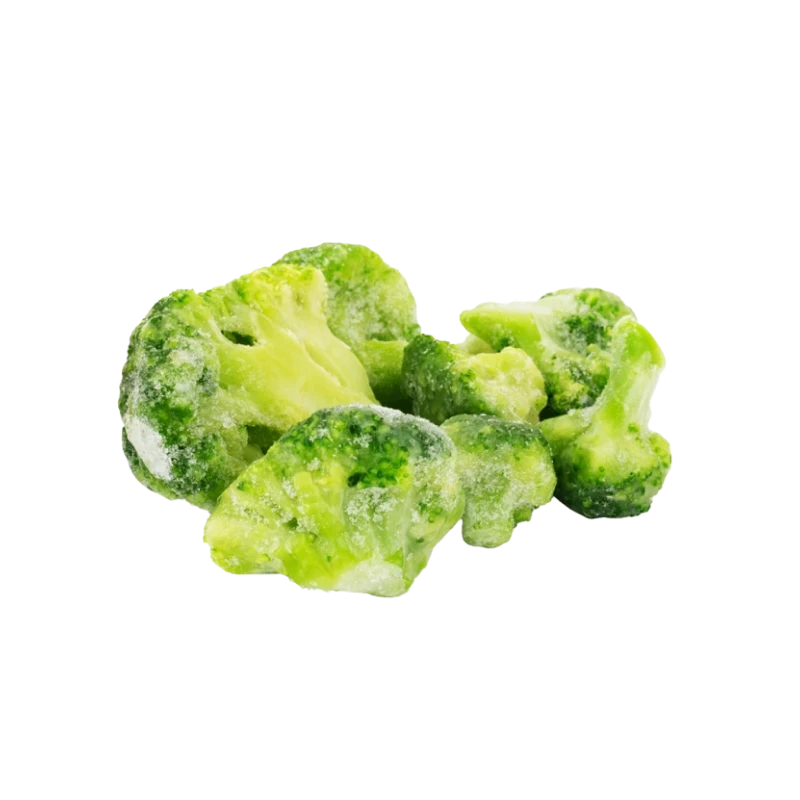Baking Soda — Nutrients, Health Benefits, and Shopping Tips

Written by Listonic Team
Last update on September 4, 2024
Key takeaways
Health benefits
- Leavening agent that helps baked goods rise, creating a light and airy texture.
- Neutralizes acidity in recipes, balancing flavors and improving the overall taste of baked goods.
- Versatile and multi-purpose, used not only in baking but also for cleaning, deodorizing, and personal care.
- May support digestive health when used in small amounts to neutralize stomach acid and relieve indigestion.
Health risks
- High sodium content which can contribute to elevated blood pressure and other cardiovascular issues if consumed in large amounts.
- Alkalosis risk as excessive consumption of baking soda can lead to a condition known as metabolic alkalosis, with symptoms like nausea, vomiting, and muscle spasms.
- Potential gastrointestinal irritation causing discomfort such as bloating, gas, or diarrhea when consumed in excess.
- Interaction with medications particularly antacids, as baking soda can affect the absorption and effectiveness of certain drugs.
How to choose baking soda
Choose baking soda that is packaged in a tightly sealed container to prevent moisture absorption, which can affect its efficacy. It should be 100% sodium bicarbonate, without any fillers or additives, to ensure it performs as expected in recipes.
Steer clear of baking soda that appears clumpy or has been open for a long time, as exposure to air can reduce its potency. Always check the expiration date, as old baking soda may not provide the desired chemical reaction in baking.
How to store baking soda
Baking soda should be stored in a tightly sealed container in a cool, dry place. Keeping it in its original box with the flap tightly closed or transferring it to an airtight container helps maintain its effectiveness. Proper storage can keep baking soda potent for up to six months.
Exposure to air and moisture can cause baking soda to lose its potency over time. Avoid storing it near strong-smelling substances, as it can absorb odors and affect its performance. Replacing baking soda regularly ensures optimal results in baking and other uses.
✅ Extra Tip
How long does it last?
Baking soda has an indefinite shelf life if kept in a sealed container in a cool, dry place. Once opened, it is best used within 6 months to 1 year for baking purposes. To test its effectiveness, mix a teaspoon with vinegar; if it bubbles, it is still active.
What to do with leftovers?
Leftover baking soda is incredibly versatile, both in the kitchen and around the house. In cooking, it can be used as a leavening agent in recipes like cookies, cakes, and breads. It’s also useful in making foods like pretzels, where boiling the dough in a baking soda solution gives them their signature texture and flavor.
Beyond cooking, baking soda is a powerhouse in household cleaning. It can be used as a gentle abrasive for scrubbing sinks, countertops, or bathroom tiles. Baking soda is also excellent for deodorizing; sprinkle it on carpets, in shoes, or in the refrigerator to neutralize odors. Additionally, it can be used in personal care routines, such as mixing it with water to create a natural exfoliant or toothpaste. Baking soda can even help soothe skin irritations like bug bites or mild rashes when made into a paste with water and applied to the skin.
👨⚕️️ Medical disclaimer
Discover products from other categories
Listonic Team
Fact-checked
Our editorial team checked this article to make sure it was accurate at the time of publishing it.
Get the top-rated shopping list app

baking soda
Table of contents







